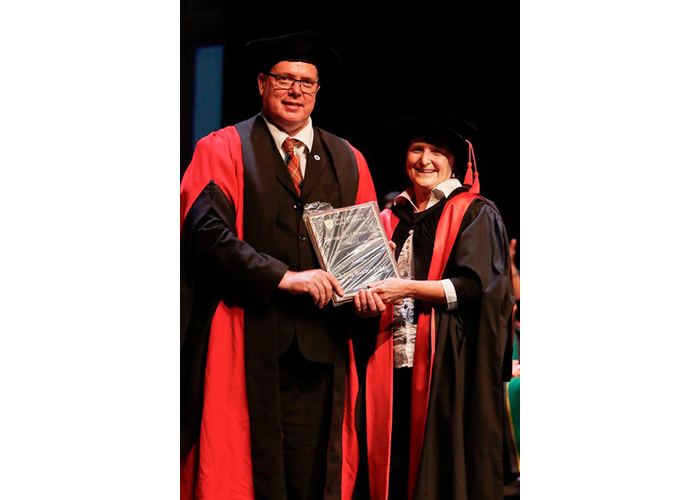
Making the cut: Adam Baxter-Jones on teen athletes and growth
As a young man finishing his biology degree, Adam Baxter-Jones remembers being far more interested in the punk movement, than being a professor.
By Researchers Under the Scope
Listen to all episodes of Researchers Under the Scope podcast.
Subscribe to the podcast on Spotify or Apple Podcasts
"I was far more interested in things like music and fashion than I ever was in academia," he said.
But Baxter-Jones knew he needed a job. He moved to London, sent out hundreds of applications, and landed a job testing the lung function of hospital patients.
From there, he moved to testing the aerobic fitness of up-and-coming teenage swimmers, gymnasts, soccer players and tennis players.
“I’d test six to eight athletes a day, five days a week, for over three years. That’s really how I got involved in the study of youth athletes,” he said.
“To really understand exercise, you had to also understand how a child grew,” he said.
As he earned his PhD in medical sciences at the University of Aberdeen, Dr. Baxter-Jones observed growth variations in teen athletes that led to gaps of up to five years between a child's chronological and maturational age.
"In professional sports like hockey and soccer, most players are born between January and May," he said, noting coaches often choose the tallest, most mature children for elite teams.
But fast-growing teens often lose that advantage as the rest of their cohort catches up, said Baxter-Jones.
“Do the late bloomers drop out because their size has disadvantaged them at tryouts? And do the early bloomers drop out because everyone catches up with them and they’re no longer the top of the pile?”
In this episode, Dr. Baxter-Jones explains his formula for predicting a child's adult size, why coaches and parents should think twice before writing off late-bloomers, and why elite sport training for teens leads to "bone in the bank" -- especially for gymnasts.
“If you get strong bones during your growing years, those strong bones stay with you as long as you keep active throughout your life," said Baxter-Jones.
Note: Dr. Baxter-Jones will be presenting findings from a 30-year paediatric bone mineral accrual study at 4 p.m. on April 15 through the Mingling Minds series.
